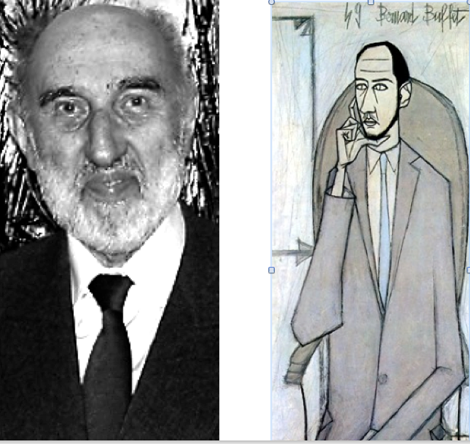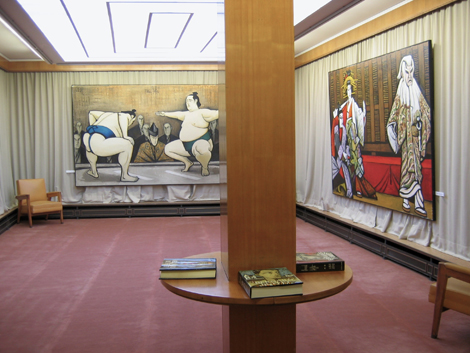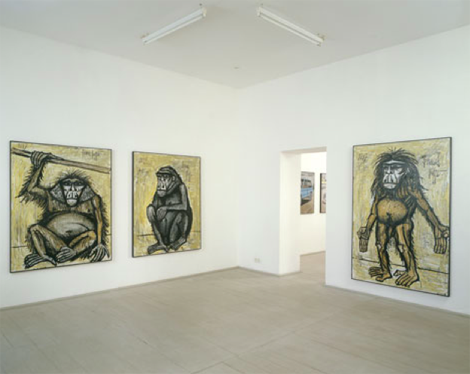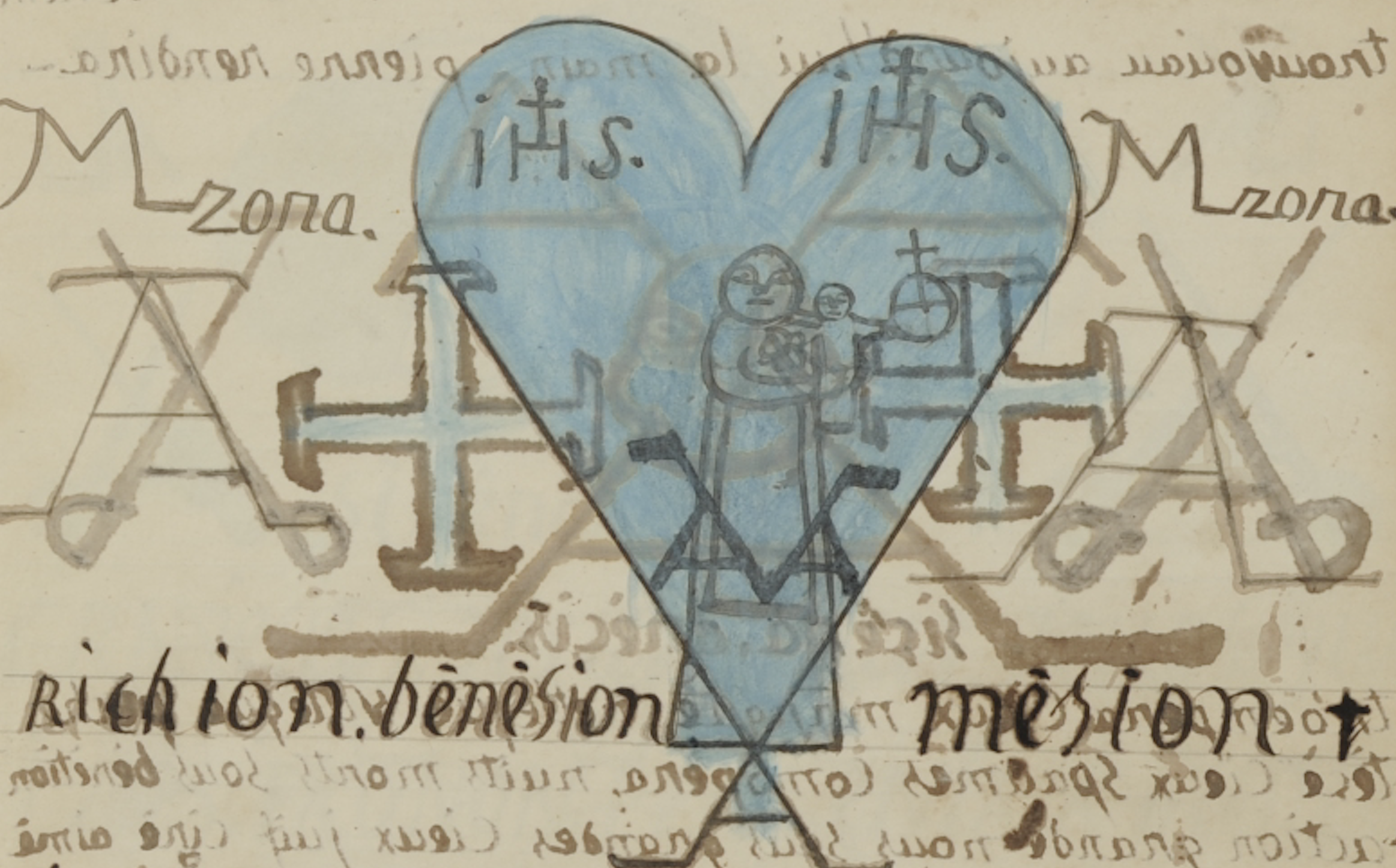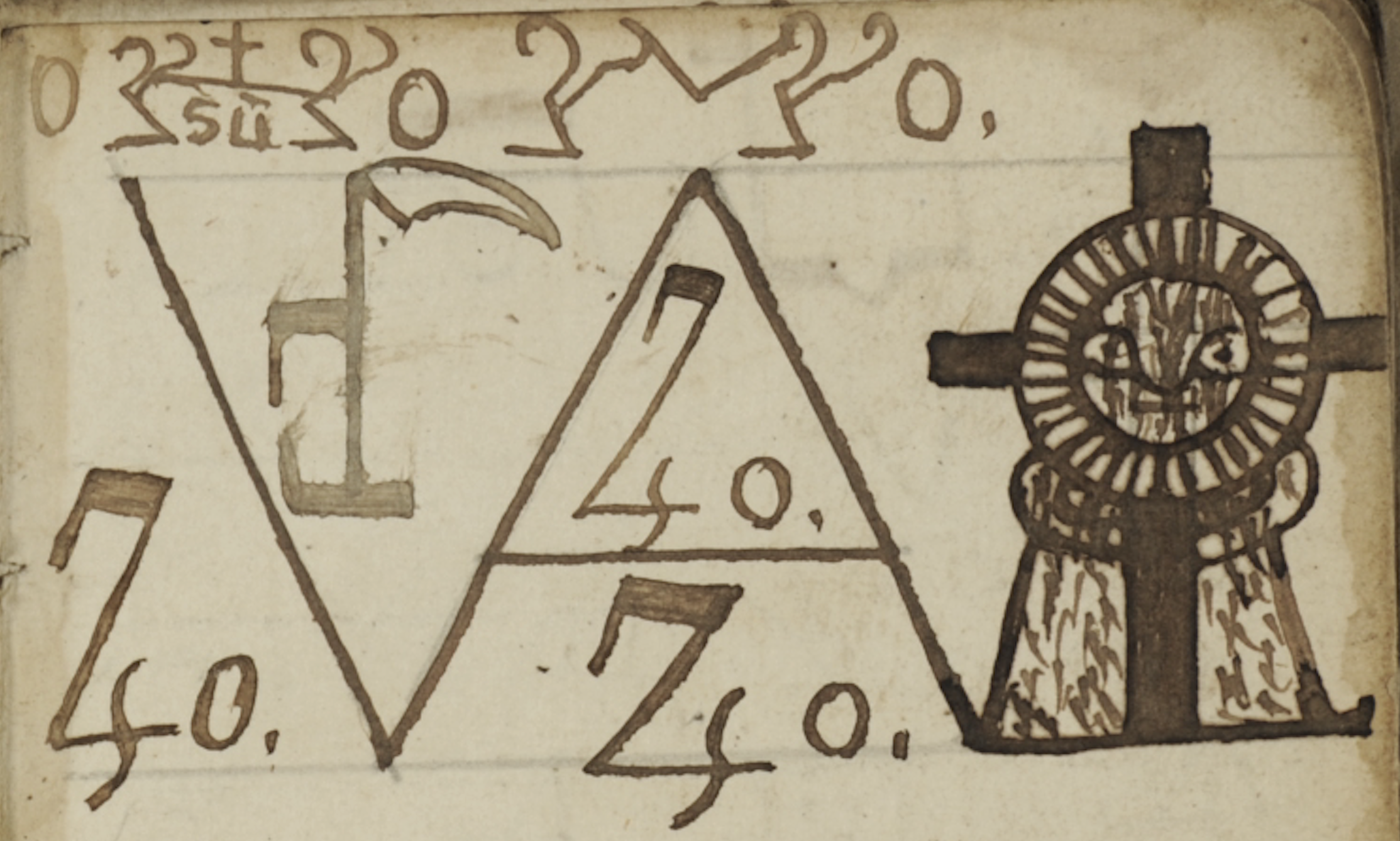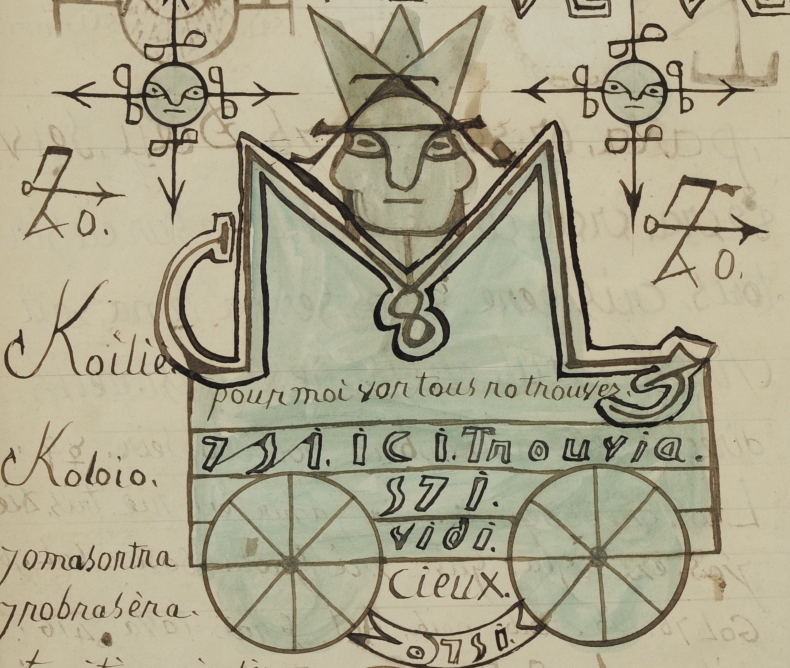Alexander Roob]
[January 11, 2014
Maurice Garnier, the last artist´s gallerist
As a gallerist Maurice Garnier, who has died at the age of 93, was as unique as that artist, whom he has dedicated more than six decades of his long life, Bernard Buffet. He first had met him in 1948 by the mediation of his mentor, the renowned art dealer Emmanuel David. David had signed the young nameless artist in 1949 and Garnier shared this contract under the name of Gallery Visconti, which he had opened with David´s support in 1946. Initially Buffet had his annual show parallel in both galleries, at Drouant-David and at Garnier´s Gallery Visconti. From 1977 on Buffet became the sole artist in the programme of the renamed Gallery Maurice Garnier, which in the meantime had changed to Rue Matignon, near Champs-Élysées. Garnier accompanied and managed Buffet´s work through the period of abrupt ascent and incredible popularity as well as through the long phase of scorn and oblivion, a phase, which down to the present day never really has ended.
Maurice Garnier in 2001 and in 1949 (painting by Bernard Buffet)
The kind of popularity that had burst upon Bernard Buffet as a young painter in the 1950s is quite unparalleled in the 20th-century visual arts in terms of both its intensity and its broad social reach. Buffet’s art was literally on the street. It was to be found on the covers of magazines and LPs, on postcards, postage stamps, wall plates and plastic bags. The art of Modernism and post-Modernism has known only one real pop star, and he was not called Picasso, Dalí, or even Warhol, but went by the name of Bernard Buffet. The image of an entire decade was inseparably linked to the miserable faces his figures wore and the jagged lines of his signature. But in the second half of the 1950s Buffet’s fame suddenly fell from his zenith straight to his nadir. Buffet became – thanks to an entire generation of critics, fellow artists and curators – the pariah of 20th-century art and his paintings were banished from the exhibition rooms of museums and consigned to the cellars.
But no less remarkable than this severity and sustainability of rejection was the robust resistance put up by the Buffet operating system, which consisted of the durable team comprising the artist and his gallerist. When Buffet died in October 1999 and for the first time in decades his name was bandied about in the media, many rubbed their eyes in surprise that an artist whom they had thought long since dead had even managed to survive so long under the avalanche of collective trashing and scorn. If you look at Buffet´s work today from an unbiased point of view you won´t hardly detect anything embarrassing. The only embarrassment remains that massive wall of blockheadism, with which Buffet and Garnier were confronted, reaching from the dogged views of a Stalinist apostate like André Malraux, who was the minister of cultural affairs then, to the cheap but profitable conformism of the likes of Werner Spies. Maurice Garnier stood firm and loyal like a rock and managed to save Buffet´s work through all these years from being completely nullified.
Galerie Maurice Garnier, March 2008
I first visited his gallery space in 1994. It looked antediluvian, completely fallen out of time. Buffet´s painting cycle L´Odyssée was on display. I had been interested in the case “Buffet” for some time, but I never would have expected such a strange situation, such an inspiring and lively mixture of a hot painting cycle, an antique outfit, which wasn´t really wrong, and a professional gallery business in the background consisting of quite a number of persons. Monsieur Garnier wasn´t there, but I left a message. I met him a few years later, together with Ursula Walbröl, who in 2001 and in 2003 did pioneer work for the rehabilitation of Bernard Buffet in her gallery in Düsseldorf. Garnier simply looked as unconventional like his gallery, a very present and autonomous figure completely fallen out of time. Although he had the manners of a grandseigneur he was unpretentious in a radical way. He had the ability to see through the smog of oratory and intellectual conducts. His judgements were concise and to the point. Like Buffet he was unarmed, with absolutely no talent for cynicism and hubris. With his strong intuition and straightforwardness he was soon to become a kind of beacon-function for Ursula Walbröl to continue her gallery job in an upright way.
Maurice Garnier had arranged that Buffet was present at our meeting. It took place in the backroom of his gallery shortly before his death, around 1999. Rarely a word was spoken. Buffet was suggestive of being a kind of Buddha, in complete harmony with himself. The few words he uttered where hard zu understand. Garnier was also very taciturn. After the audience he apologized for the speechlessness due to the master´s declining health. Later he confessed that they never ever had spoken much. One couldn´t question him on anything concerning Bernard Buffet´s ideas, because they simply never had talked about such an ephemeral subject like artistic concepts during their extraordinary long business relationship. In an interview, which was conducted in 2002, he said: “At the beginning, and even until the end, our relationship was very intense, but silent. Only very few words. We communicated through gestures and glances of great intensity. The presence and confidence were enough… I was as Bernard Buffet, totally introverted.”
My guess was, that they both had conspired in becoming the sole true heirs of that unruly, non-eloquent bunch of artists of the 1871 Commune, the likes of Gustave Courbet and Jules Vallès. If there ever was a right artistic answer to this catastrophic blame of the Paris bourgeoisie, it would not come from the intellectuals of the Bolshevist avantgarde nor from the tricky Situationist party of 68. The right answer would be a bourgeoise inside job, a real nasty antithesis to the impressionist mainstream and it necessarily would have something to do with offensive muteness and provocative success.
Bernard Buffet, The Monkeys, exhibition view, Galerie Ursula Walbröl, 2001
One of the rare subjects Buffet and Garnier apparently ever discussed were the themes of the next annual exhibition. Garnier only once suggested such a theme, “The Monkeys”, which became one of the last exhibitions. “It was a splendid exhibition, beautiful, strong and moving,” he said in that interview. Examples of this cycle were shown at Ursula Walbröl´s first Bernard Buffet – show. These series of apes belong to the very best paintings I ever saw, folks unarmed, both gentle and bold, a portrait gallery of wild unruly grandseigneurs, grasped in a pitiless direct style.
Maurice Garnier conducted his gallery work until his last day. He did not live long enough to witness the final rehabilitation, a retrospective of Buffet´s work in Paris, but he managed to gather a consistent first-rate collection for a second Bernard Buffet- Museum, – this time probably somewhere outside Japan.
